New rules will require investing in solar, biofuels and maybe even nuclear power.


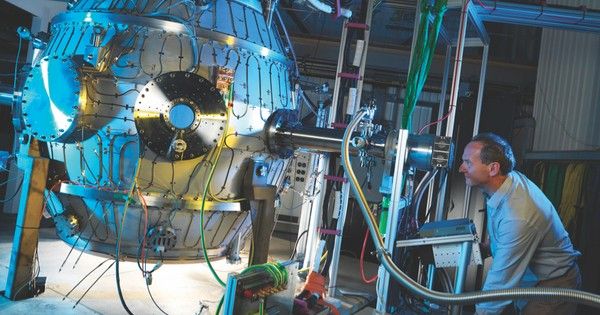
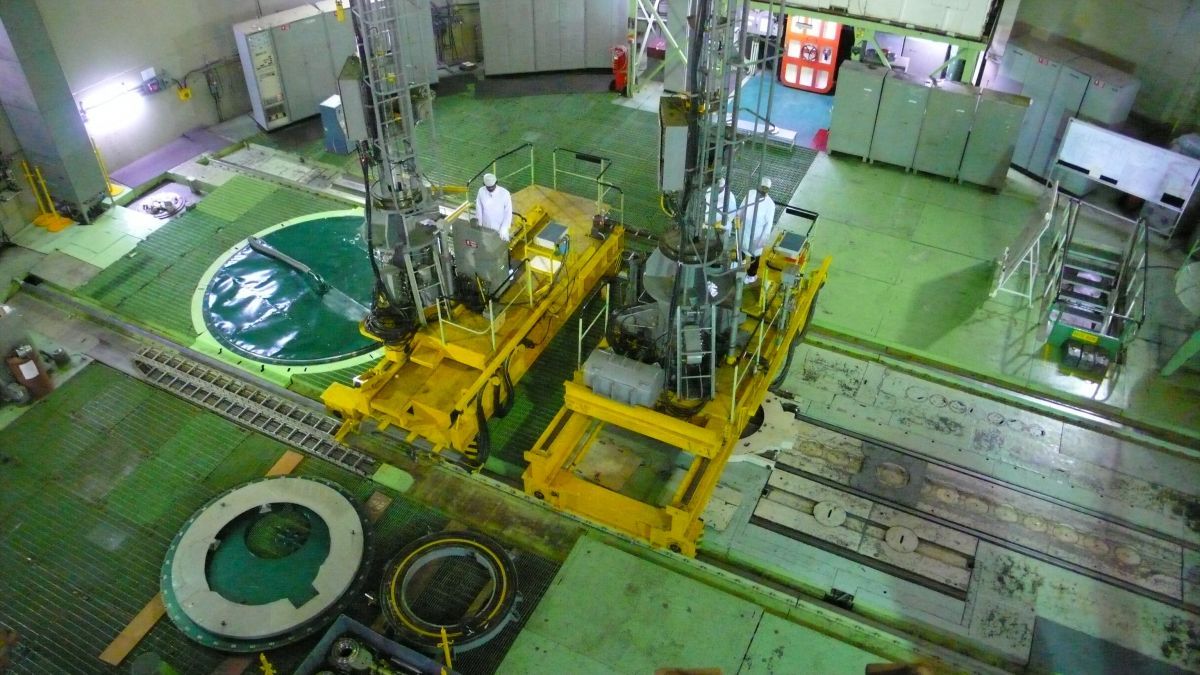

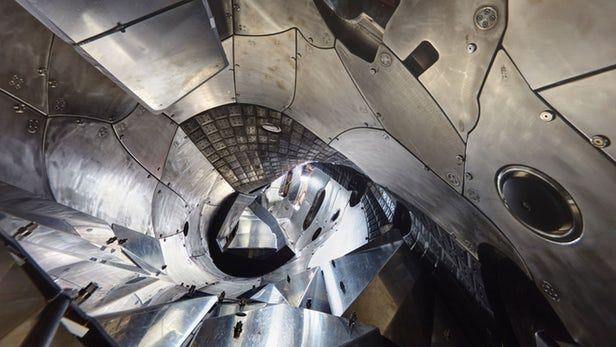
Scientists toiling away on the cutting edge Wendelstein 7-X nuclear fusion reactor in Germany have pulled together results from their latest round of testing, with a few records to be found amongst them. Following a series of upgrades, the team is reporting the experimental device has achieved its highest energy density and the longest plasma discharge times for device of this type, marking another step forward in the quest for clean fusion power.
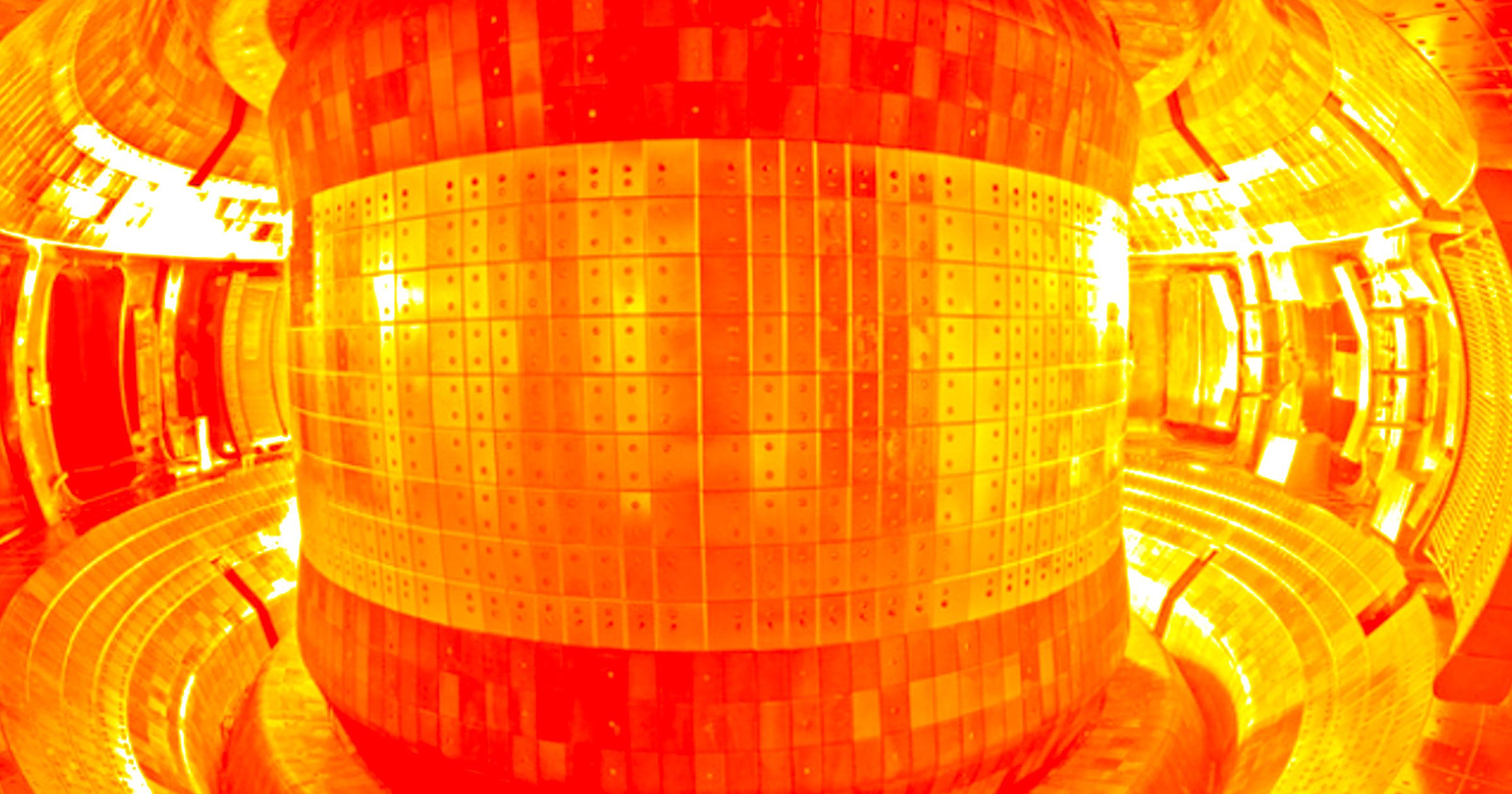
On Tuesday, a team from China’s Hefei Institutes of Physical Science announced that its Experimental Advanced Superconducting Tokamak (EAST) reactor — an “artificial sun” designed to replicate the process our natural Sun uses to generate energy — just hit a new temperature milestone: 100 million degrees Celsius (180 million degrees Fahrenheit).
For comparison, the core of our real Sun only reaches about 27 million degrees Fahrenheit — meaning the EAST reactor was, briefly, more than six times hotter than the closest star.
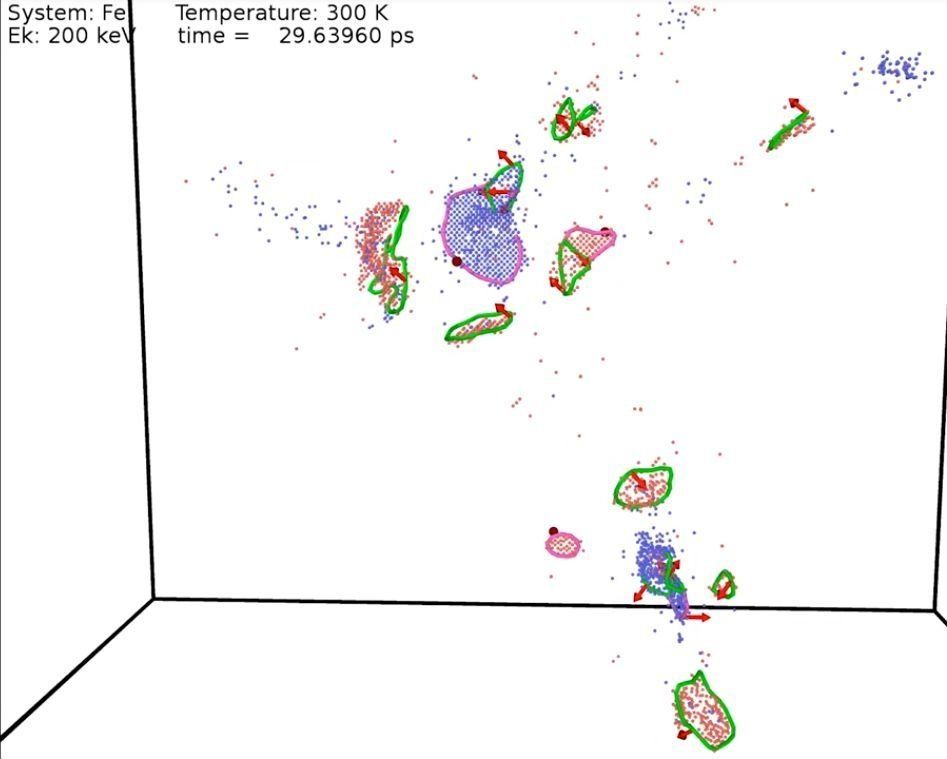
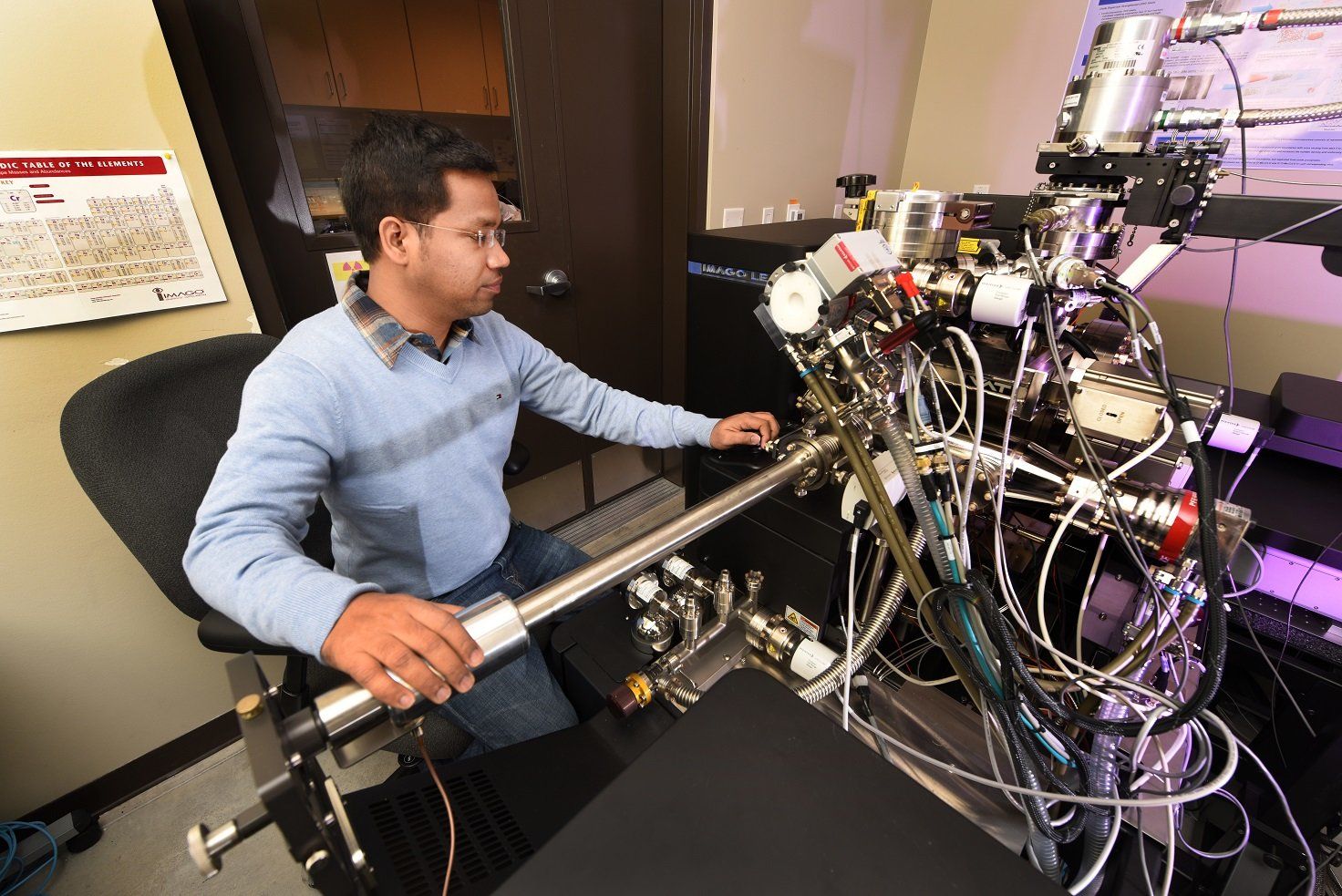
Researchers at Idaho National Laboratory have discovered how to make “superalloys” even more super, extending useful life by thousands of hours. The discovery could improve materials performance for electrical generators and nuclear reactors. The key is to heat and cool the superalloy in a specific way. That creates a microstructure within the material that can withstand high heat more than six times longer than an untreated counterpart.

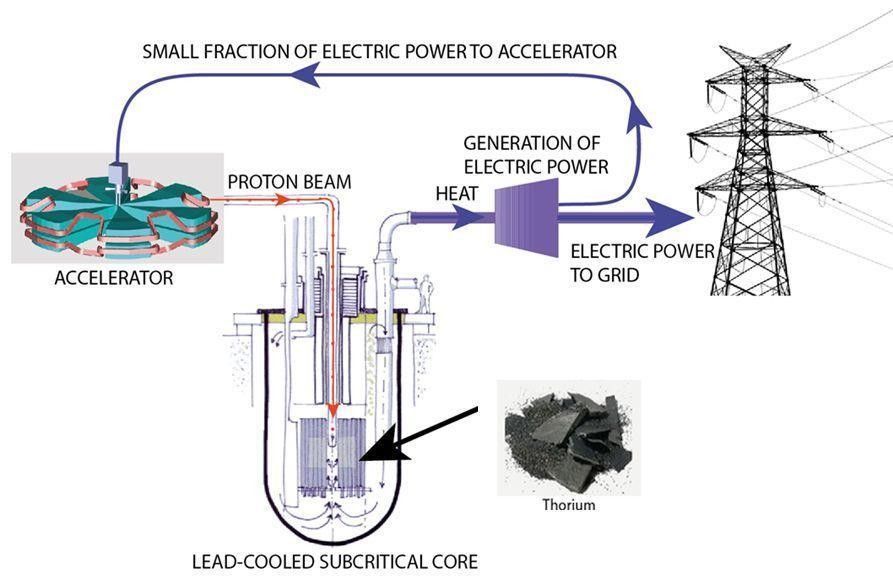
If not for long-term radioactive waste, then nuclear power would be the ultimate “green” energy. The alternative to uranium is thorium, a radioactive ore whose natural decay is responsible for half of our geothermal energy, which we think of as “green energy.” More than 20 years of research at the European Centre for Nuclear Research (CERN), the birthplace of the internet and where Higgs boson was discovered, demonstrate that thorium could become a radically disruptive source of clean energy providing bountiful electricity any place and at any time.
Coal and gas remain by far the largest sources of electricity worldwide, threatening our climate equilibrium. Non-fossil alternatives, such as solar power, use up a forbidding amount of land, even in sunny California, plus the decommissioning will pose a serious recycling challenge within 20 years. Solar is best used on an individual household basis, rather than centralized plants. Wind requires an even larger surface area than solar.
As Michael Shellenberger, a Time magazine “Hero of the Environment”, recently wrote: “Had California and Germany invested $680 billion into nuclear power plants instead of renewables like solar and wind farms, the two would already be generating 100% or more of their electricity from clean energy sources.” Correct, but the disturbing issue of long-term nuclear waste produced by conventional, uranium based, nuclear plants still remains.